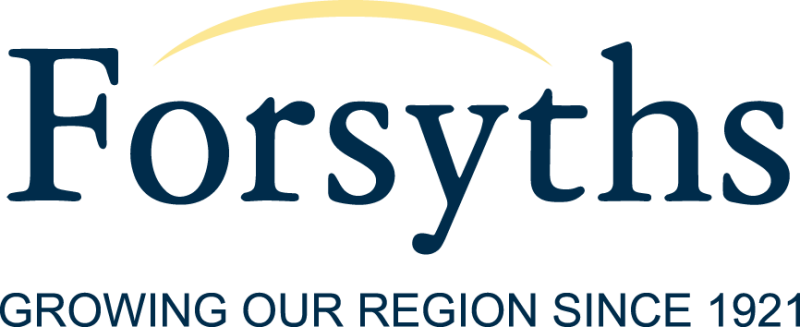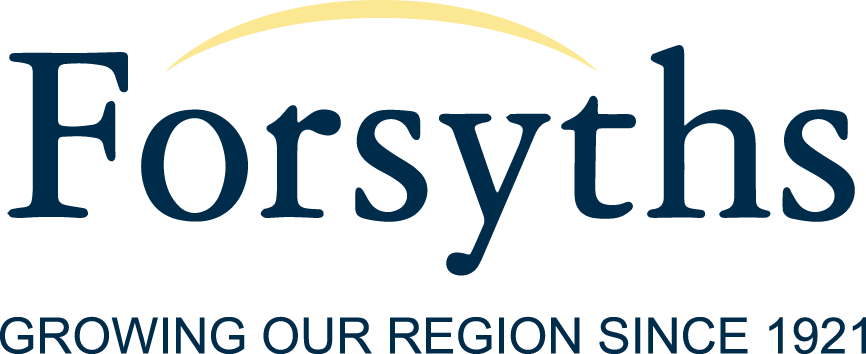
JobMaker hiring credit: What you need to know
The JobMaker Hiring Credit scheme was passed into law in mid-November 2020. JobMaker was part of the 2020-21 Federal Budget, and will
operate until 6 October 2021. It is designed to improve the prospects of young individuals getting employment, by incentivising employers
to hire them, following the devastating impact of COVID-19 on the labour market.
The scheme will be backdated to commence on 7 October 2020 and provide eligible employers with the following payments for up to 12 months for new jobs created for which they hire the following young workers:
- $200 a week for hiring a worker aged 16 to 29 on at least 20 hours a week, and
- $100 a week for those aged 30 to 35.
Although the scheme is slated to run for just 12 months, that period is the hiring period – not the payment period. Eligible employers who hire an eligible employee on the last day of the scheme (6 October 2021), may be eligible for hiring credits for the subsequent 12 months until 6 October 2022.
Employer eligibility
The criteria are broad (for example, having an ABN, being registered for PAYG withholding, being up-to-date with lodgement obligations, reporting through STP), however some employers are specifically excluded, as follows:
- Employers who are claiming JobKeeper
- Entities in liquidation or who have entered bankruptcy
- Federal, state, and local government agencies (and entities wholly owned by these agencies)
- Employers subject to the major bank levy
- Sovereign entities (except those who are resident Australian entities owned by a sovereign entity).
JobMaker periods
Entitlement to a JobMaker Hiring Credit payment is assessed in relation to three-month periods known as “JobMaker periods”. These periods
are relevant for the purposes of the additional criteria (see below). Each of the following is a JobMaker period (inclusive):
| Period 1 | 7 October 2020 to 6 January 2021 |
| Period 2 | 7 January 2021 to 6 April 2021 |
| Period 3 | 7 April 2021 to 6 July 2021 |
| Period 4 | 7 July 2021 to 6 October 2021 |
| Period 5 | 7 October 2021 to 6 January 2022 |
| Period 6 | 7 January 2022 to 6 April 2022 |
| Period 7 | 7 April 2022 to 6 July 2022 |
| Period 8 | 7 July 2022 to 6 October 2022 |
Additional criteria
Key to the scheme is that employers must have hired additional eligible employees. The additional criteria for the first four JobMaker periods requires that there is an increase in:
- The business’s total employee headcount (minimum of one additional employee) from the reference date of 30 September 2020; and
- The payroll of the business for the reporting period, as compared to the three-months to 30 September 2020.
The following is an example provided by Treasury for an increase in headcount:
Lisa employs two new staff, Emma aged 28 and Jessica aged 32, who both start on 7 January 2021 and meet the employee eligibility
requirements.
Angus resigns from his job at Lisa’s business, effective as at 7 January 2021. When claiming for the March quarter reporting period (7 January 2021 to 6 April 2021), Lisa again compares her current situation to her baseline:
- On 30 September 2020, her baseline headcount was 2 and her quarterly payroll was $30,000.
- On 6 April 2021, her headcount was 4 and her payroll for the reporting period was $52,000.
For the March quarter reporting period, as her headcount is 2 above her baseline, Lisa can claim for the 2 additional positions. Lisa notifies the ATO through STP of the commencement of Emma and Jessica on 7 January 2021, and that Angus was no longer employed as at 7 January 2021.
Eligible employees
These are those who commenced employment between 7 October 2020 and 6 October 2021; were aged between 16 and 35 years at the time they commenced employment; have worked an average of 20 hours a week for each whole week the individual was employed by the qualifying entity during the JobMaker period.
Additionally, the worker must have met the pre-employment condition, which requires that for at least 28 of the 84 days (that is, for 4 out of 12 weeks) immediately before the commencement of employment of the individual, the individual was receiving at least one of the following payments:
- Parenting payment
- Youth allowance (except if the individual was receiving this payment on the basis that they were undertaking full time study or was a new apprentice), or
- JobSeeker payment.
Note that the new worker must be in a genuine employment relationship. For example, “non-arm’s length” employees will not be considered eligible employees. This includes family members of a family business, directors of a company and shareholders of a company.
Participation and notification requirements
To be entitled to the JobMaker Hiring Credit payment in relation to a JobMaker period, employers must have notified the Commissioner in the approved form of its election to participate in the scheme no later than by the end of the period that the entity first elects to participate. For example, for an entity that elects to participate for the JobMaker period of 7 January 2021 to 6 April 2021, the notice must be provided to the Commissioner by 6 April 2021.
The reporting requirements will include the details of employees that have commenced or ceased employment during a JobMaker period and the entity’s payroll amount. The Commissioner will also specify that the information must be provided through the STP.



